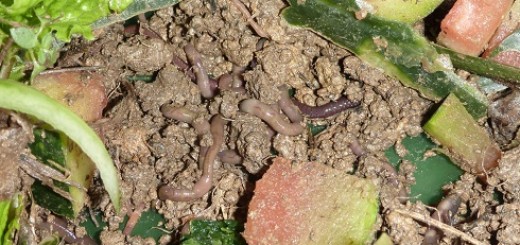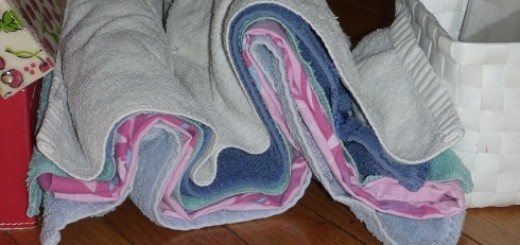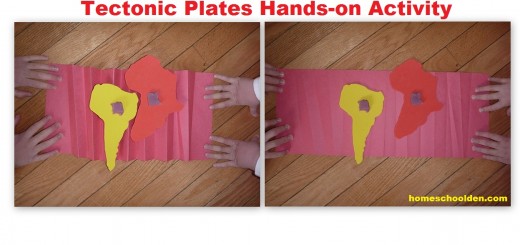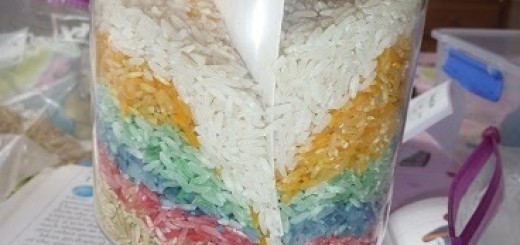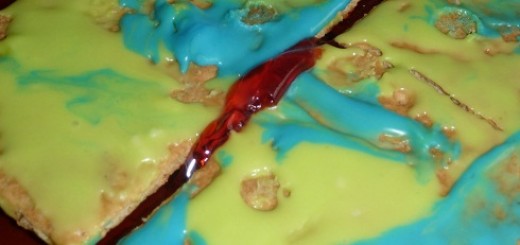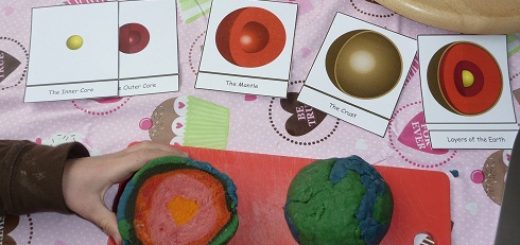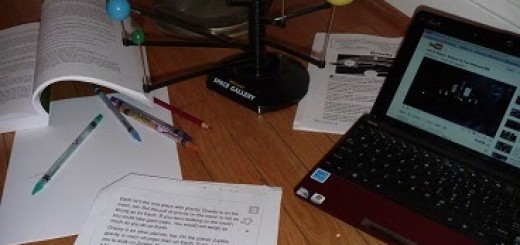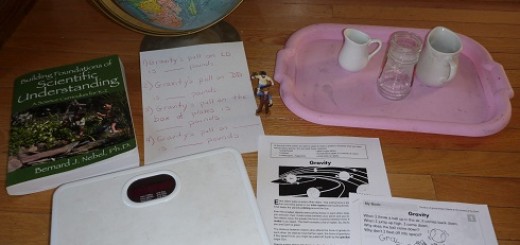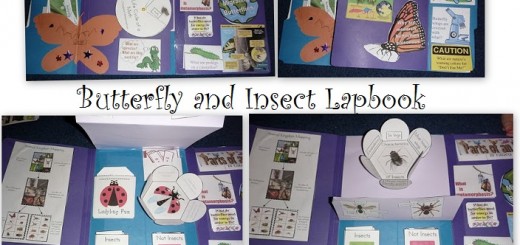Sunflower Lapbook
DD made a sunflower lapbook. I finally have a few minutes to share her work here. She colored the front page and decided she didn’t want a title on the front cover so I added it into the photo digitally. I purchased this Sunflower Unit Study/Lapbook on currclick. It was $1.00 (USdol) — and was totally worth it since both DD and I learned a lot of new information. You...

